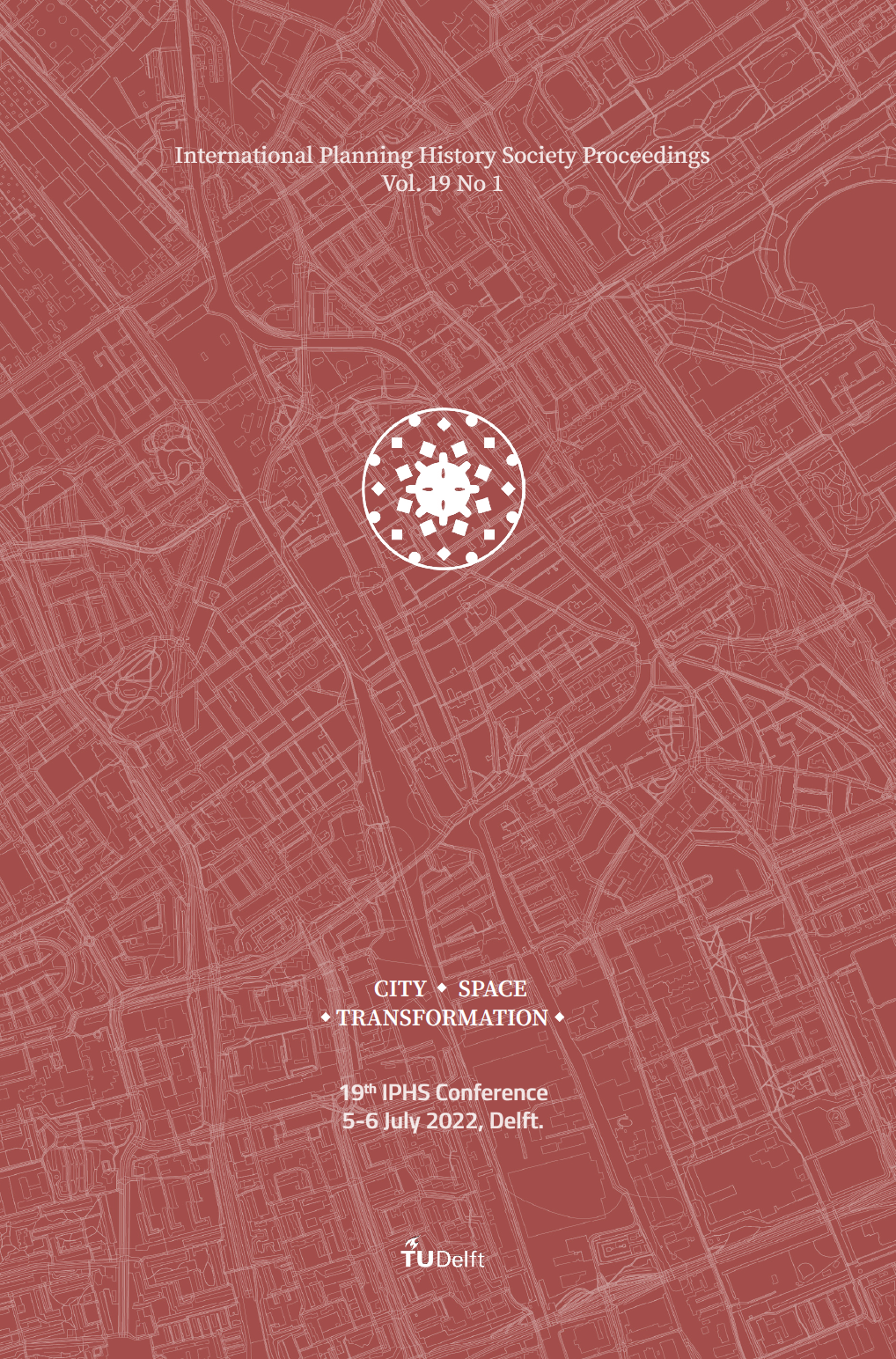Port Modernization Perspective in the Netherlands and Japan
Highlighting the Contribution of Dutch Civil Engineers
DOI:
https://doi.org/10.7480/iphs.2022.1.6509Abstract
In the 19th century, civil engineers outlined new planning perspective for port modernization or reform through hydraulic engineering: dredging, land reclamation, river improvement, dyke building and channel creation. In addition, these works for port modernization were closely connected with spatial urban development. Dutch civil engineers created the basic designs of the ports in Rotterdam and Osaka, which were the two leading modern ports in Europe and Asia from the 19th century to the 20th century. Owing to advances in port function contributed by Dutch civil engineers, this paper explores how to change urban structures by considering two ports from the Netherlands and Japan, using their investigative reports, design drawings and survey maps. In the Rotterdam Port project, Caland, a Dutch engineer, provided a comprehensive plan for improving the functions of rivers and ports. Rijke, a Dutch engineer, and other Japanese civil engineers also provided an effective plan for the Osaka Port Project. However, owing to topography, people’s opposition and historical background, the project was not realised completely. The transition of the two ports shows how port modernisation provides modern industry and urban development, in which civil engineers played crucial roles as the first trigger.
Downloads
Published
How to Cite
Issue
Section
License
Copyright (c) 2022 Kazumasa Iwamoto

This work is licensed under a Creative Commons Attribution 4.0 International License.

